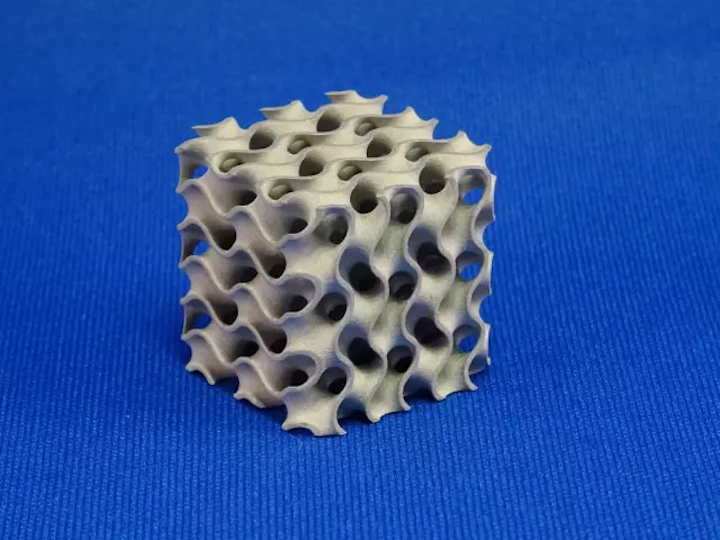
Metal 3D printing has existed only for about half of the 3D printing industry’s 30-year-long history and as impressive as the technology is, it remains expensive and complex.
A new breed of metal 3D printer manufacturers hope to bring down its cost and difficulty.
These companies—which include Markforged, Desktop Metal and Admatec—leverage the older technique of metal injection molding to create metal parts that can then be sintered in an oven to achieve final part characteristics. While Desktop Metal has received the most attention, due to the $97 million in funding it has received from companies like Google, GE and BMW, it is just one startup in what may become a larger trend for less expensive metal 3D printing.
De Bruijcker explained that Admatec has its roots in powder metallurgy for ceramics and metal injection molding as a spin off of another Dutch company, Formatec Ceramics. Founded in 1996, Formatec focuses specifically on ceramic injection molding.
As illustrated in the video above, the process is similar to polymer injection molding, in that a metal mold is filled with material to produce an end part. With ceramics, however, a slurry made of ceramic particles and a binder material, is injected into the mold. The resulting “green” part is placed into a furnace, which burns out the binder and sinters the ceramic together.
According to de Bruijcker, when he became managing director at Formatec in 2011, he and his team began exploring methods for shaping metal and ceramic powders, such as extrusion. The team wondered whether or not it was possible to form shapes with 3D printing, before debinding and sintering. With funds from Formatec, his team began research towards that end.
Using DLP, it was possible to load a photosensitive resin with ceramic powder and 3D print it. Thanks to Formatec’s years of experience with debinding and sintering, this process was not a difficult one. The R&D work started in the summer of 2012, and by November 2013, a new company, Admatec, was born.
Unlike other DLP processes, which project light from below onto a vat of photosensitive resin, Admatec’s technology uses a foil to carry the material above a UV projector and below a suspended printbed. The printbed then descends onto the foil, at which point the projector casts its light and cures the resin onto the printbed. This process is continued until the print is complete and the part is placed into an oven to be debound and sintered to above 99.7 percent density.
“[W]e had a prototype machine and then we constructed four printers,” de Bruijcker said. “Those four printers were just used internally to serve as a chop shop. So, a job [at Formatec] would come to us, we would print them the files and hand over to product. That was our initial business model. At the same time, patents were being issued and granted for our technology. Then, we had enough flying hours on these homemade machines to say that we felt secure enough about the technology. We felt secure enough to go fully into the market.”
Read more at ENGINEERING.com

